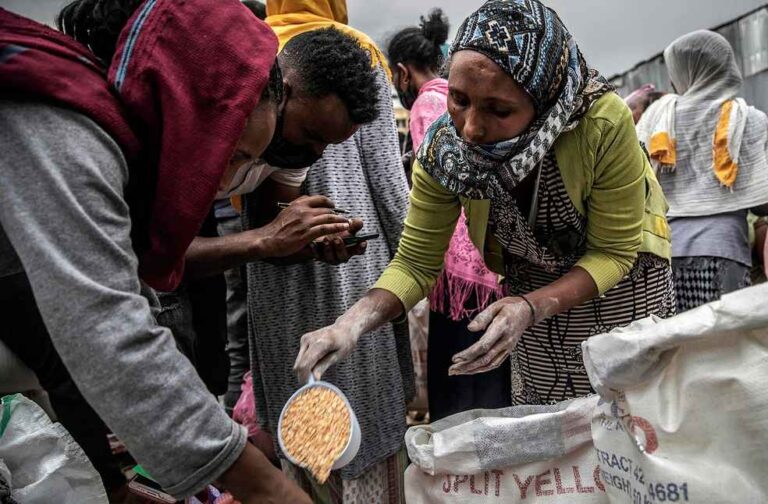Recent years have witnessed Asia’s battle against escalating food insecurity, propelled by conflict, climate adversities, and the global pandemic’s aftermath. Presently, this precarious situation teeters on the brink of exacerbation due to critical strains at global ‘food chokepoints’—geopolitical unrest impacting the Red Sea and the Suez Canal, alongside drought conditions afflicting the Panama Canal and the Mississippi River. These vital junctures, integral to the seamless flow of the global food supply, face disruptions that send shockwaves through Asia’s food security landscape.
Disturbances at these chokepoints trigger a cascade of effects across the global trade ecosystem, particularly impacting the agriculture sector. Delays, inflationary pressures on prices, and shortages disrupt market equilibrium, rendering perishable goods at risk of becoming unsellable due to extended shipping durations. Adjustments in shipping itineraries strain logistical operations, complicating the distribution of food commodities.
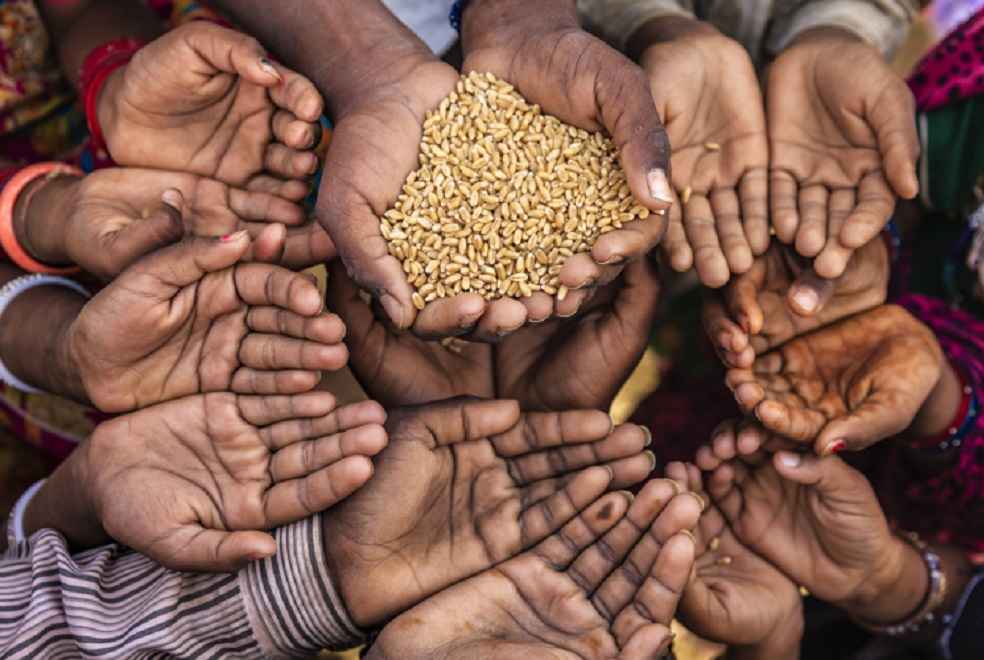
Nations across Asia, tethered to the dynamics of food import and export, confront a critical juncture. Exporters grapple with diminishing returns, potentially leading to reduced agricultural wages. Importers face the specter of escalating food prices, propelled by heightened transportation expenditures and erratic price fluctuations, reshaping consumption patterns and deepening food insecurity.
Countries such as Singapore and Hong Kong, with food imports surpassing 90%, and Japan, with a dependency of over 60% on imported food, stand particularly vulnerable. These nations, reliant on European and Black Sea regions for staples like soybeans, corn, wheat, and edible oils, are at the mercy of export restrictions and global price volatilities.
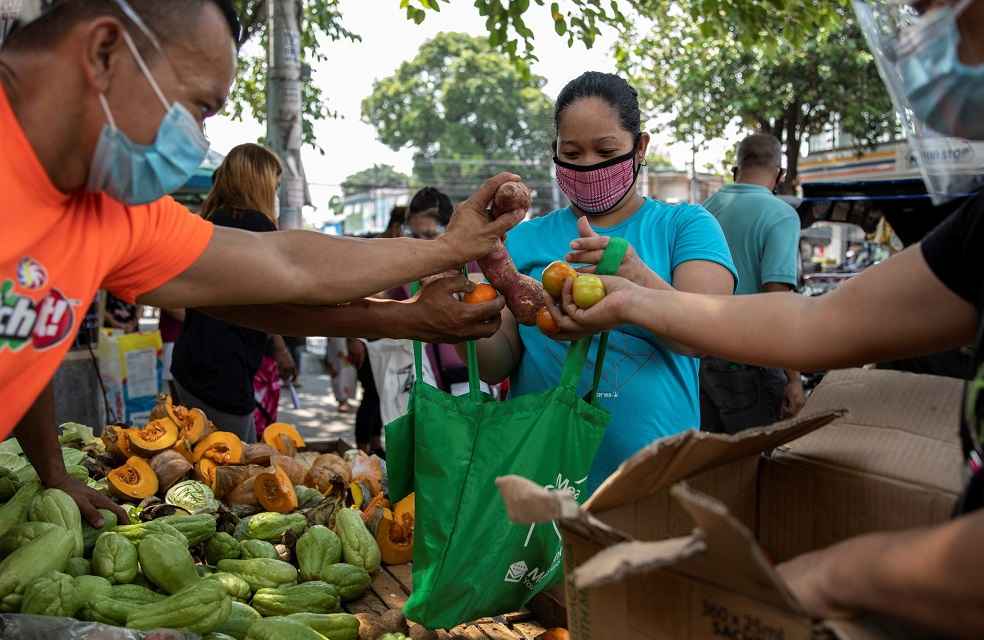
For nations on the lower rung of the economic ladder, the stakes are even higher. Import disruptions coupled with soaring food and energy prices could precipitate a living cost crisis, exacerbating poverty and derailing socioeconomic progress. Nations already traped in internal turmoil—Pakistan with its climate catastrophes, Bangladesh and Myanmar with ongoing conflicts, and Sri Lanka with economic instability—are poised for severe impact. This crisis disproportionately burdens households in the Philippines, dedicating 31% of their income to food, and Indonesia’s low-income families, allocating up to 64% of their budget to sustenance, amplifying risks of undernutrition and malnutrition.
The prospect of enduring supply chain disruptions and trade route blockages intensifies geopolitical frictions in Asia. The apprehension of nations leveraging food and fertilizer supplies as geopolitical tools, as evidenced by the Ukraine-Russia conflict, underscores the criticality of fortifying food security defenses.
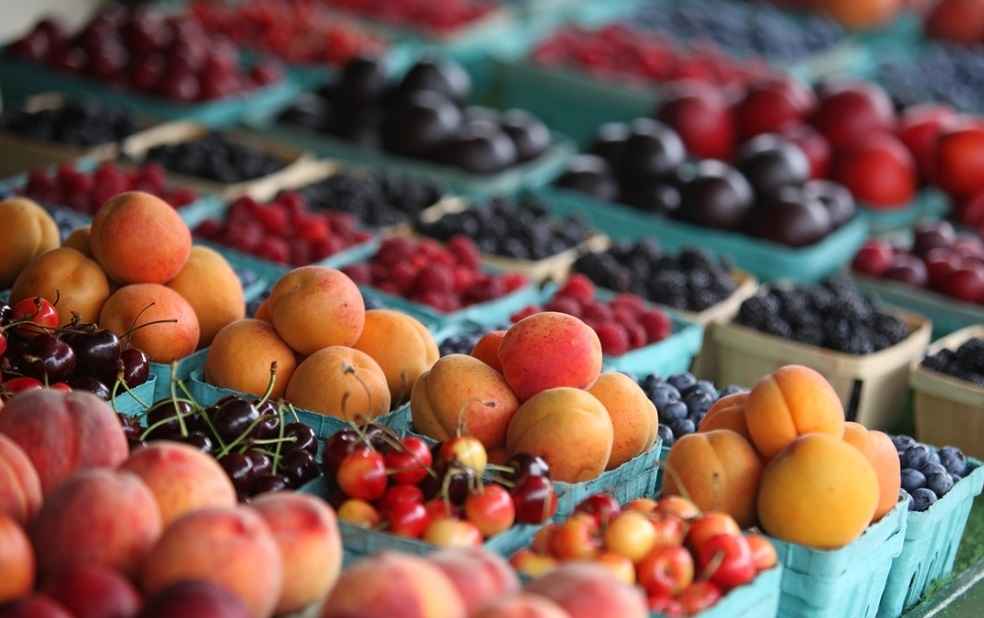
To navigate these turbulent waters, Asian administrations must champion reforms aimed at bolstering resilience within their supply mechanisms. Embracing strategies for diversifying food import sources, as Singapore’s expansion from 140 to 180 countries illustrates, has proven instrumental in mitigating food price vulnerabilities.
Collaborative investments in regional food supply infrastructures and the establishment of climate monitoring early warning systems are imperative for maintaining oversight over food chokepoints, price fluctuations, and extreme weather phenomena, enabling prompt, effective responses to emergent challenges.
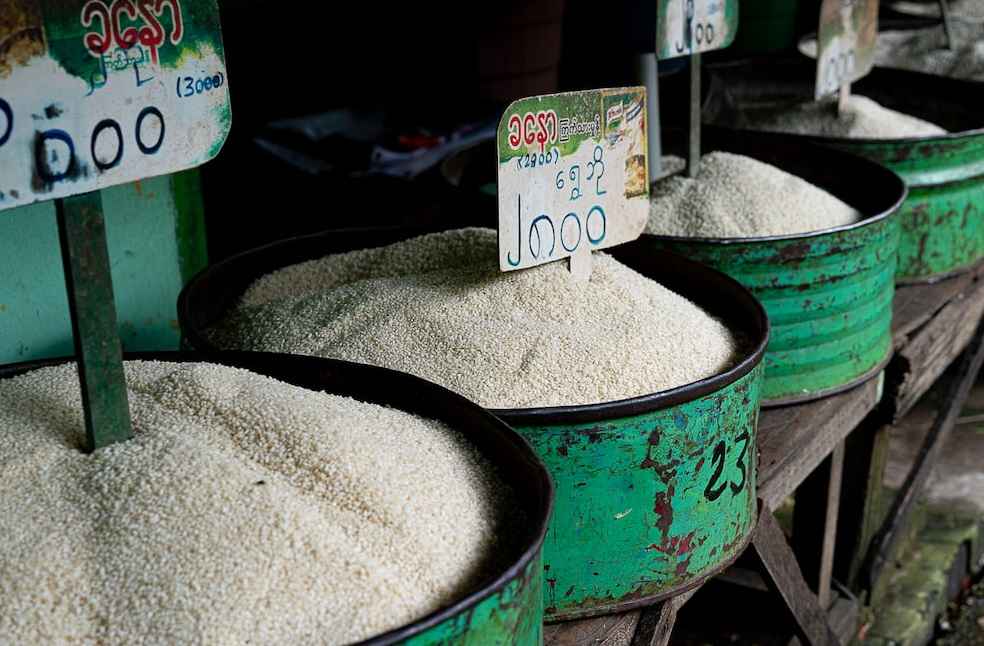
Agricultural stalwarts within the region, like Australia and New Zealand, hold the key to reinforcing Asia’s food security by augmenting exports of grains and edible oils. As Asia navigates the choppy seas of external shocks and internal pressures, adopting strategic measures to enhance resilience in food trade policies emerges as a critical imperative. Such initiatives are not merely policy maneuvers but essential steps toward safeguarding millions in Asia from the volatile currents of global food security challenges.
BUSINESS GENERAL | Saudi Arabia Overcomes Onion Supply Crisis: Ensures Stability


